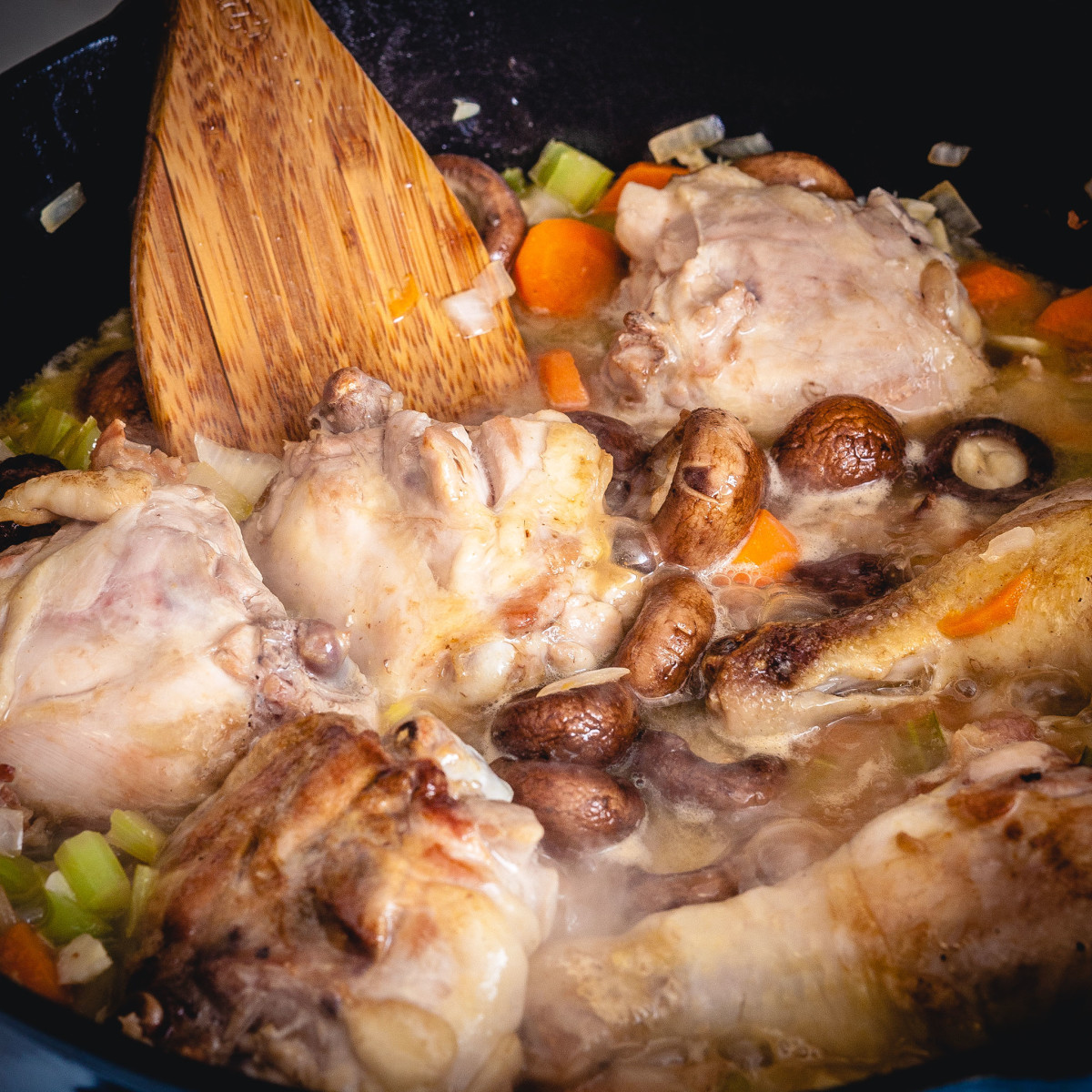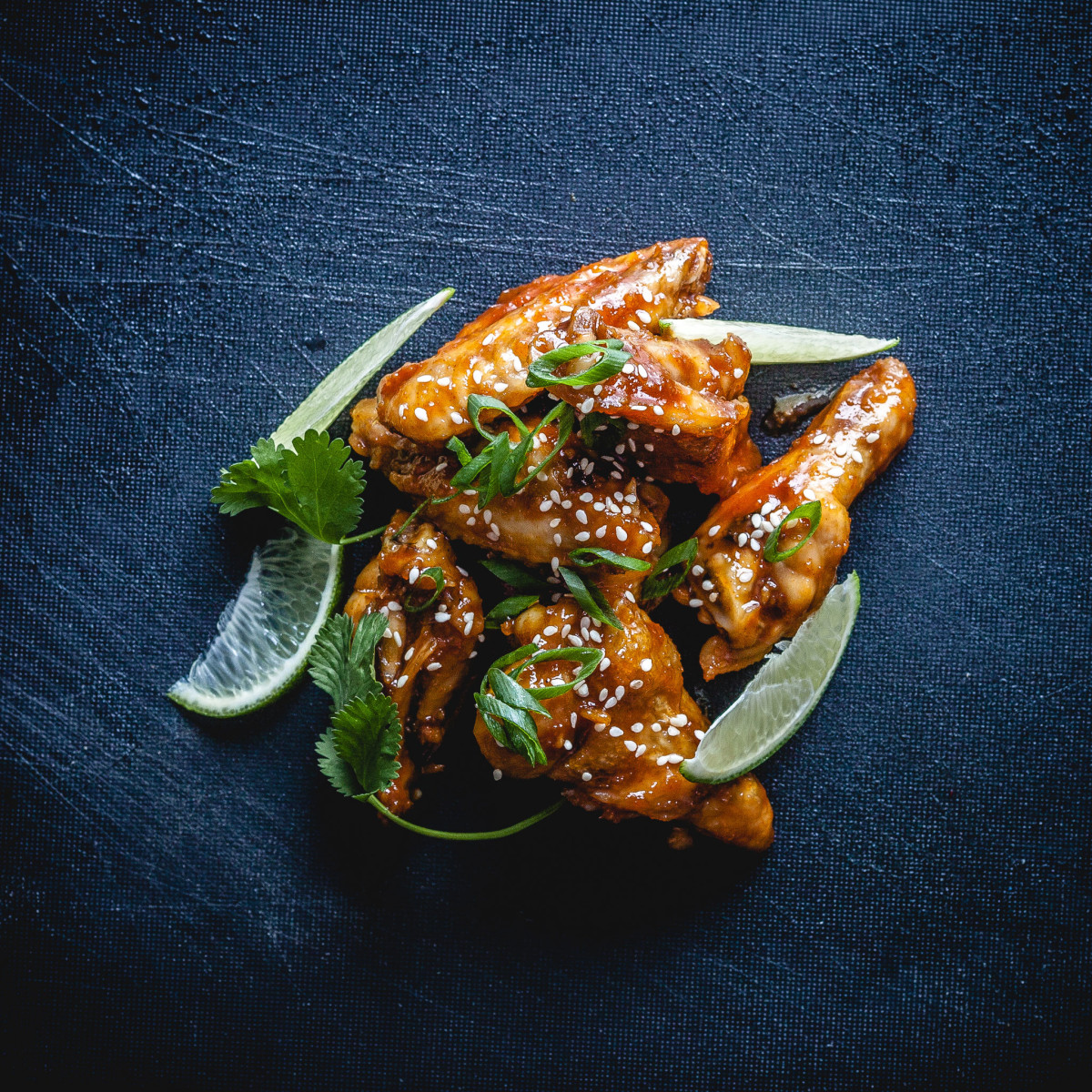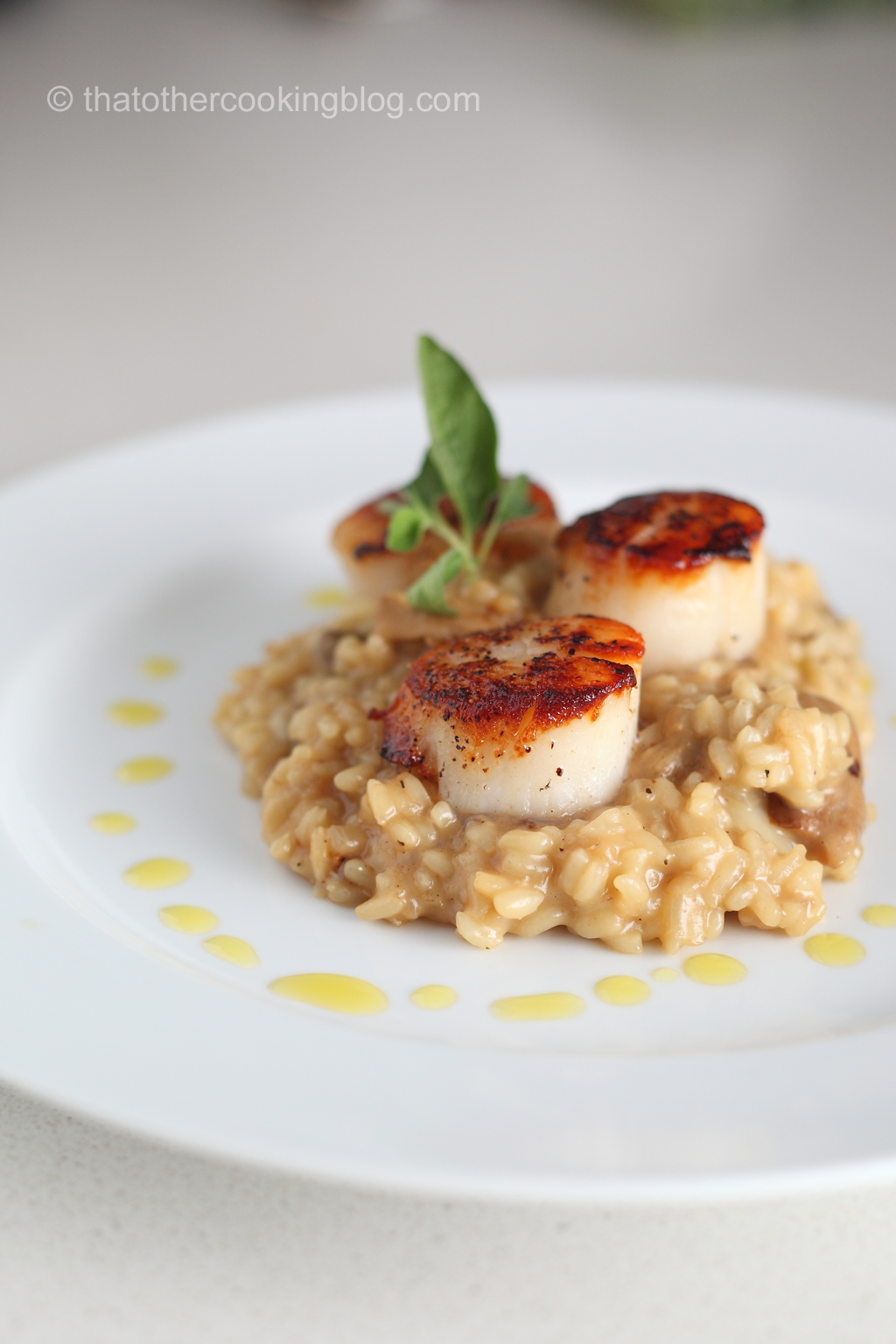Hey guys! I have put together another quick sous vide article. This time is all about sous vide tri-tip! It might seem a bit daunting when you think about how long some of these sous vide recipes take to make but as you get familiar with the technique you will start seeing cooking in a completely different and more insightful light.
I really want to encourage you to try it if you haven’t or have limited yourself to only cooking chicken breasts and maybe fish with your sous-vide gadget. Once you venture outside of the 1 or 2-hour recipes that’s when you realize how awesome this technique really is. I gained a better understanding about cooking the moment I started using an immersion circulator in my kitchen and I’m sure you will as well. If you’re an experienced sous-vide cook you might still find some of the information useful. Alright! Let’s cook us the most amazing sous vide tri-tip roast then. Seriously. Like literally. Let’s go.
The Meat:
1 Tri-tip roast 2-3 pounds (fat cap on if you’re lucky)
Salt.
The Glaze:
1 Tbsp Molasses
1 Tbsp Honey
1 Tbsp Soy sauce
1 Tsp Liquid smoke of your choice.
1 Tsp Salt (if needed… this is up to you and your taste)

The score
If you found a tri-tip roast with the fat cap on then I’d suggest to leave it on because you’re in luck. Sous vide temperatures won’t melt it but the long cook is going to soften it quite a bit. It kinda turns into butter and after you torture it in the oven at 525F for a bit, it’s going to crisp up too. I mean, best of both worlds. Now, scoring the fat cap comes in handy. I like doing it because it increases the surface of fat exposed to the heat which facilitates melting. Basically the same idea behind scoring a duck breast’s skin. Grab a super sharp knife (is there any other kind?) and score the cap in the direction of your choice. You could criss-cross score it too if you’re feeling adventurous. If your tri-tip doesn’t have the fat cap then ignore this step.

The Cure (Friday I’m in love)
Get the meat on a baking rack + baking pan. Salt generously on both sides and stick the contraption in the fridge overnight. The meat is gonna turn a dark red hue and dehydrate a bit but this is all great. Trust me. Forget all your worries and go to bed. Hopefully, it’s a Friday when you wake up if you timed it correctly.
The Cook
Get the meat out of the fridge (like I need to tell you this) and grab a gallon ziplock back. Stick the meat in the baggie or use your fancy vacuum sealing equipment if you have that instead. If you opted for the ziplock route, make sure you remove as much air as possible from the baggie using the water displacement method. Cook in the sous vide bath for 12 hours at 53.3C or 126F. If you search the internet you’re gonna find all sorts of cooking times and temperatures.
The truth is tri-tip is very forgiving. It’s not exactly a tender cut but pretty close. It does get a bit more exercise than the rest of the loin musculature so it can withstand heat better and for longer without turning mushy. I personally love the texture of it and after 12 hours of cooking at 53.3C it turns into gold… not literally obviously. I wish.

The Glaze
Ok… this part here is interesting because it’s totally optional but it isn’t. I mean, If you want a decent tri-tip sous-vide roast you can skip this step and it should all be ok… but if you’re looking for transcendental stuff then you gotta glaze. Actually, I would recommend double glazing the meat. Before it goes in the sous vide bath and again right before it goes in the oven to really seal this deal. So if you decide to glaze (smart choice) mix all the glaze ingredients in a little bowl and stir to incorporate. If you added salt, stir until it dissolves. Brush the glaze all over the roast generously.


The Roast
We’re talking about tri-tip here and for once I’ve decided to actually roast this thing in the oven instead of the traditional pan-sear or the unorthodox deep-fry. Tri-tip can totally take it. The only condition is that the oven has to be SUPER HOT. I’m talking 525F and preheated for at least half hour before you roast. If you don’t trust your oven then you might be better off searing the meat in a really hot pan with some high-smoke-point oil or clarified butter, but if you’re happy with your oven then get it going while you’re glazing the meat (see the previous step).
Roast for about 12 minutes or until golden brown and exquisitely beautiful. Remove from the oven and let the roast rest for about 15 mins. Unlike a true roast that needs a longer rest before slicing, a sous-vide roast just needs enough time to let the surface heat dissipate which happens quickly. The internal temperature is service-ready. Bon appetite.

It’s a wrap!
And there you have it. Notice how I got a bit of a doneness gradient on the meat. That’s because of the oven and it’s really hard to avoid. If you want zero edge-to-edge medium rare perfection then I suggest a torch or the more traditional screaming-hot skillet with high-point-smoke oil. I personally think that’s a bit overrated. Nothing wrong with a bit of gradient but you might differ. Leave me your thoughts in the comment section below please. Thank you for listening. Good night and good luck. Gracias! Bye Bye!

Wanna get more sous-vide cooking guides and cool cooking how-to’s in your mailbox? You know what needs to be done!
We never spam. You should only be getting updates when new content is posted on the site. We also respect your privacy. We don’t share your email address with anyone and you can unsubscribe anytime!






4 comments
126F for 12hrs?? food poisoning here we come. Don’t do this.
I know the temperature seems too low for safety but 126F is actually the lowest safe temperature you can cook beef at if you keep it at that temperature for long enough. You should check out Modernist Cuisine. They have a super informative section on food safety and pasteurization. If you’re going by FDA temperature recommendations, yes…126F may seems like a bad idea but the FDA is not counting on you having state of the art cooking equipment like a sous vide cooker to prep your meals. They’re thinking pots and pans.
This looks amazing, gonna try it during my Christmas vacation.
thank you! let me know what you think!